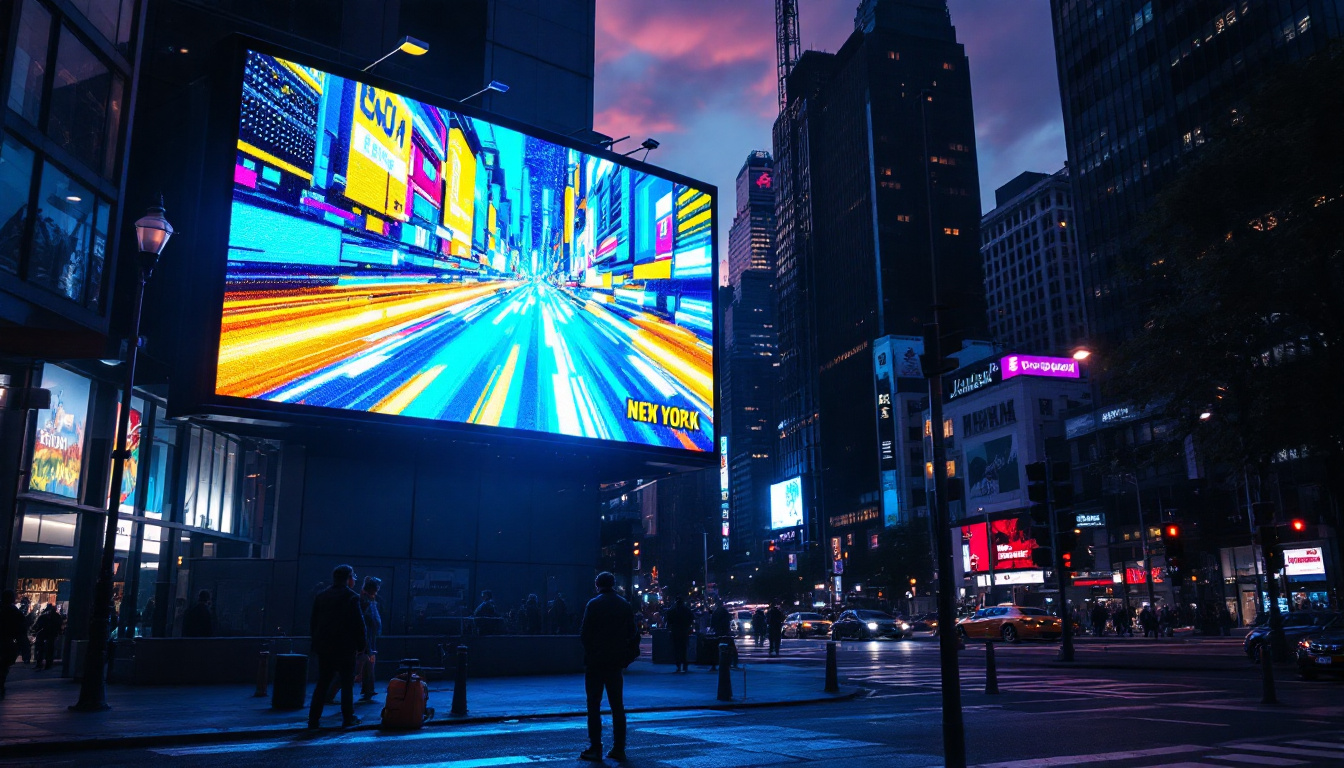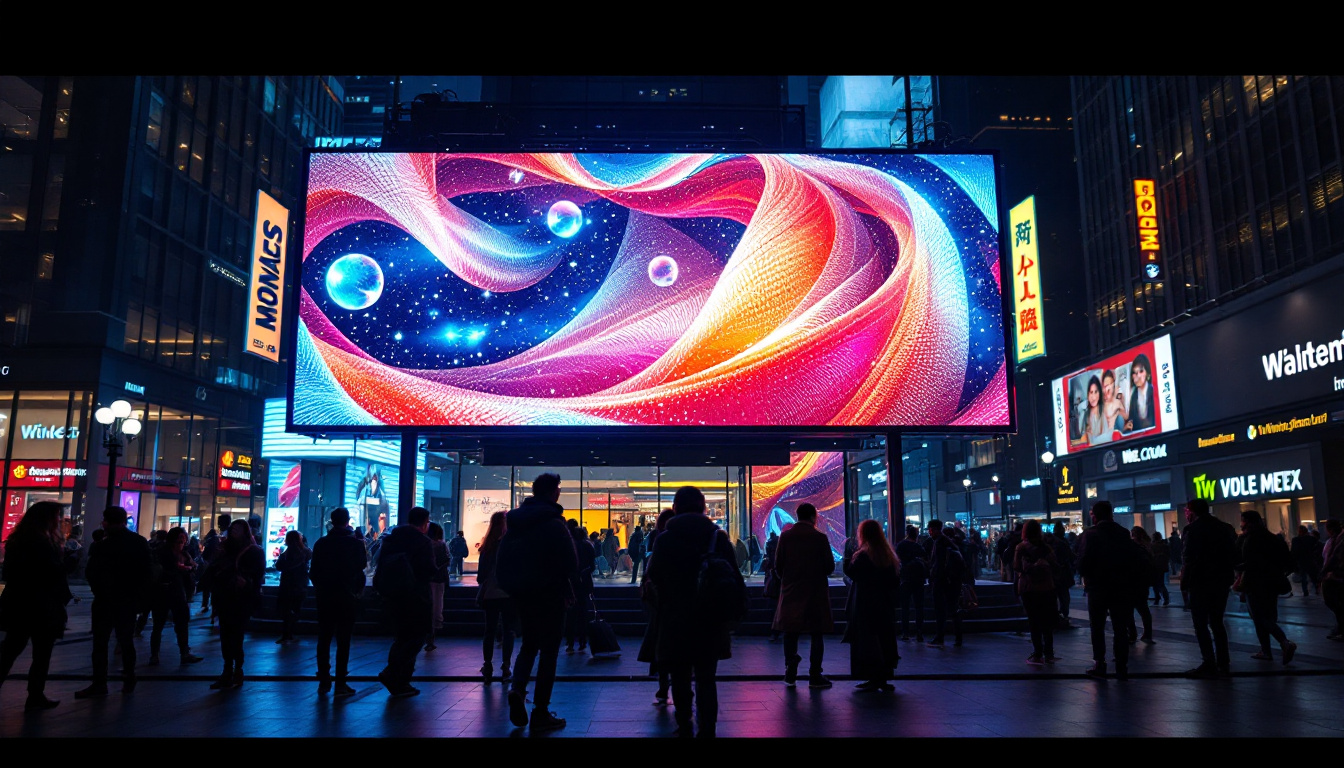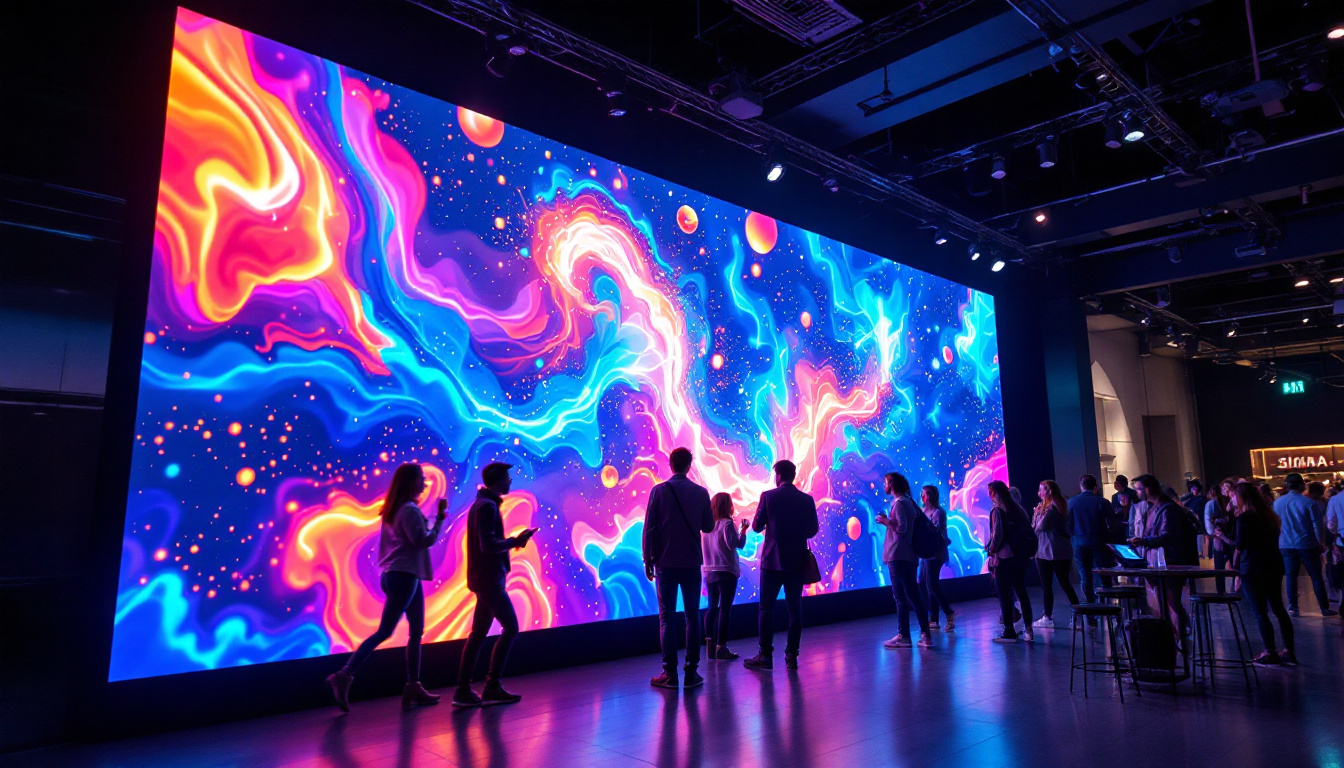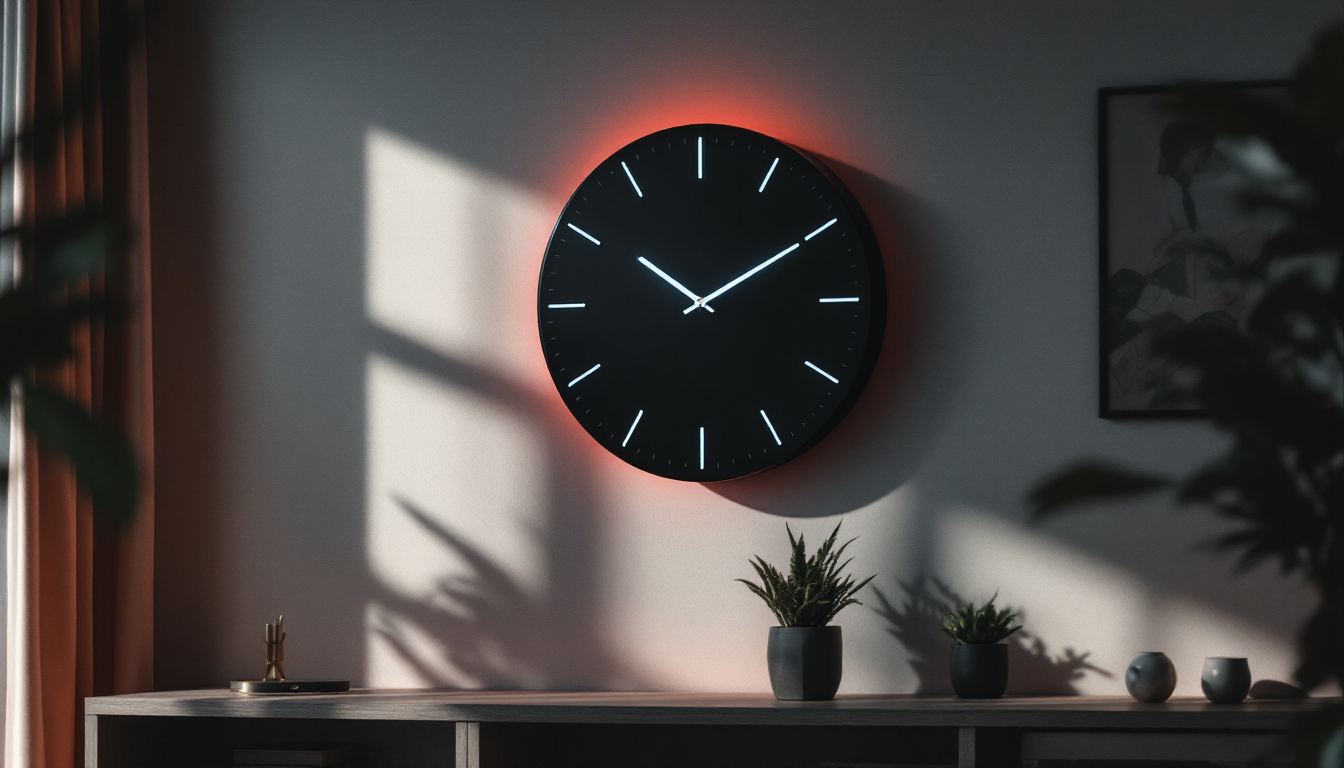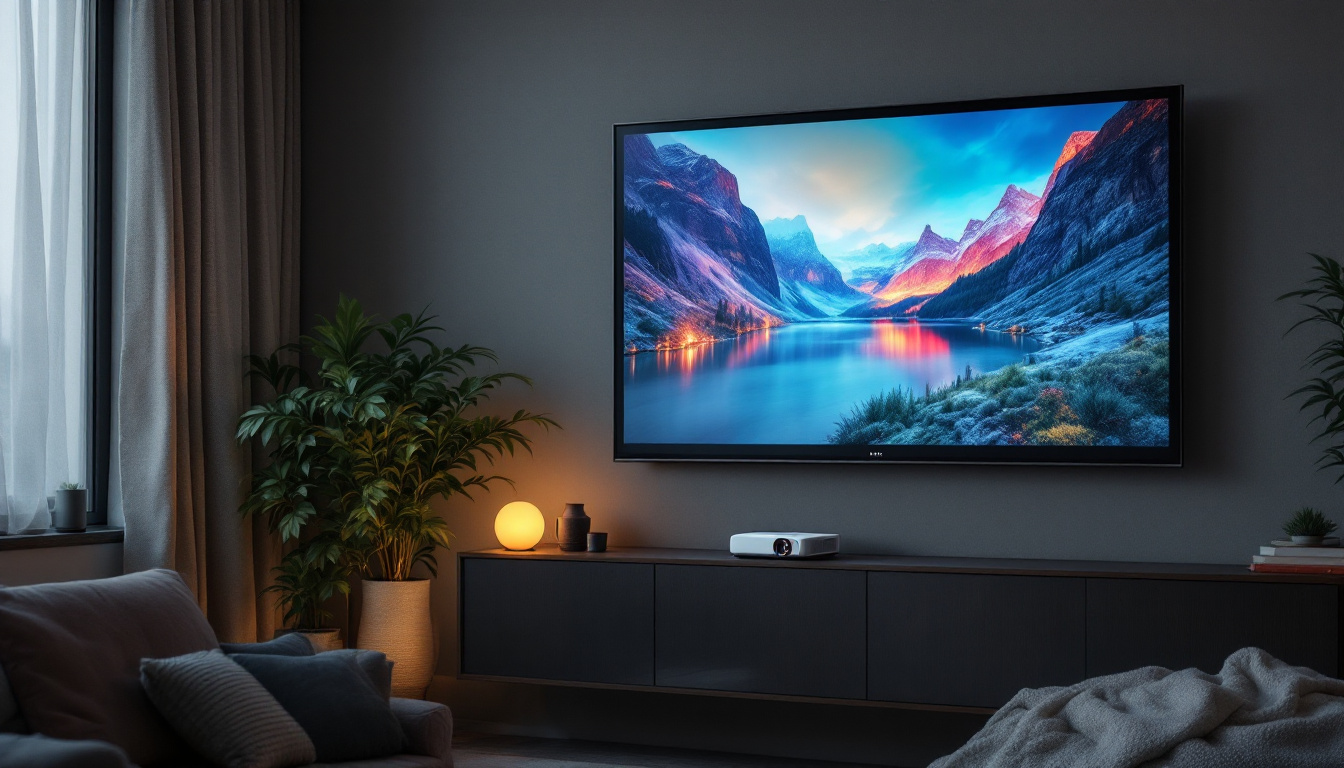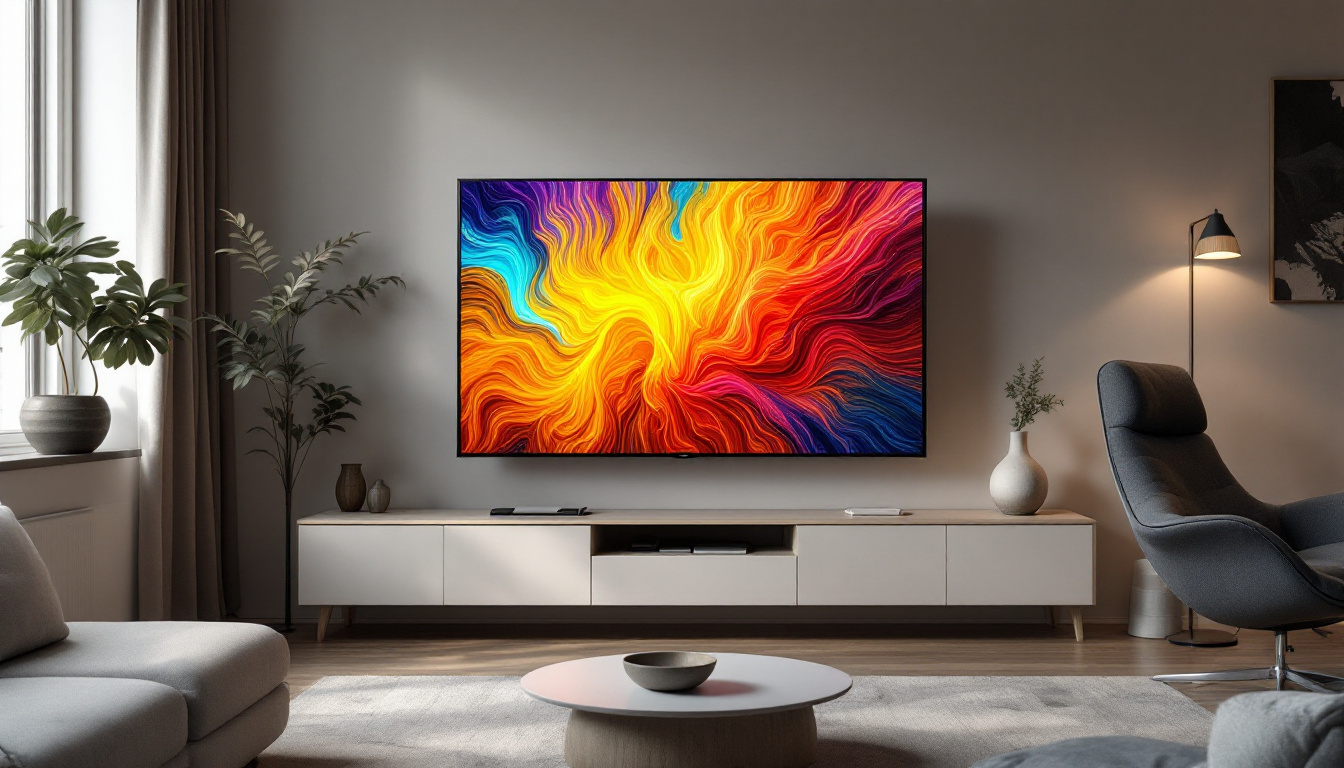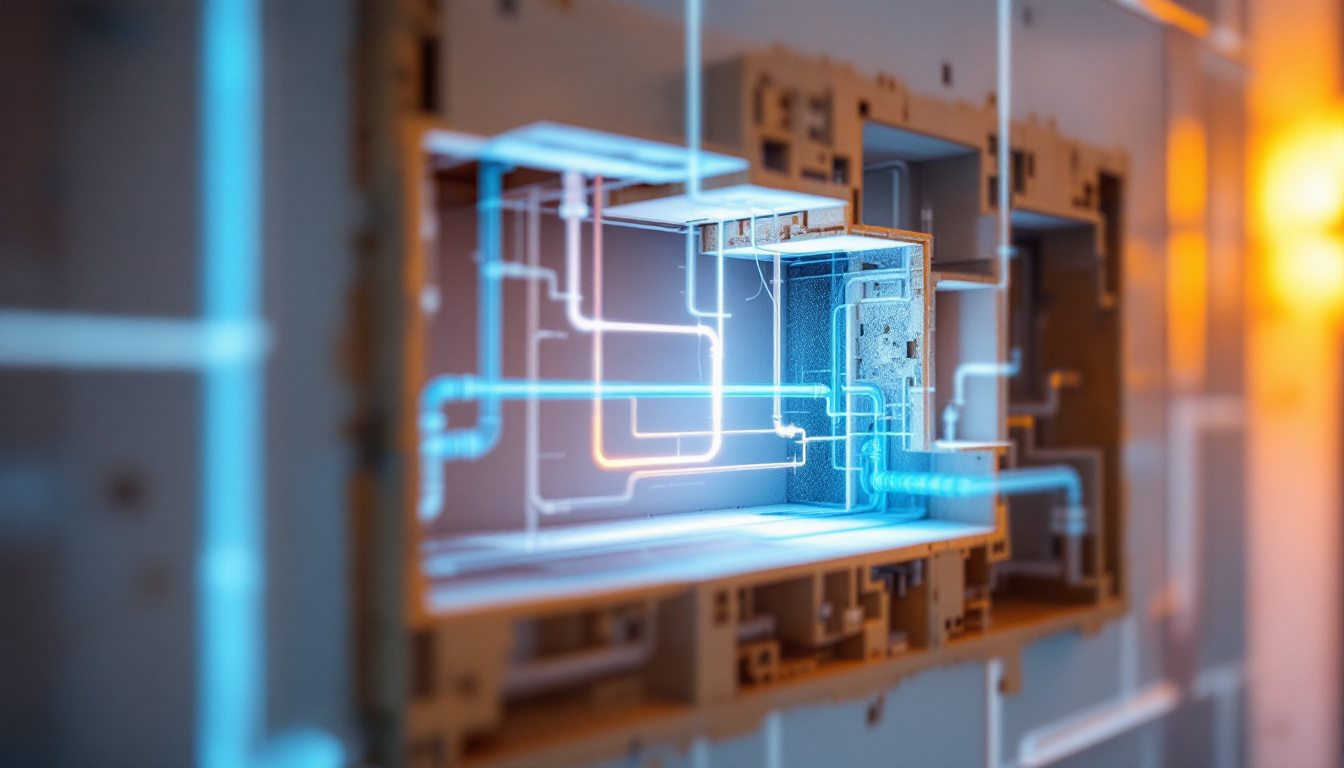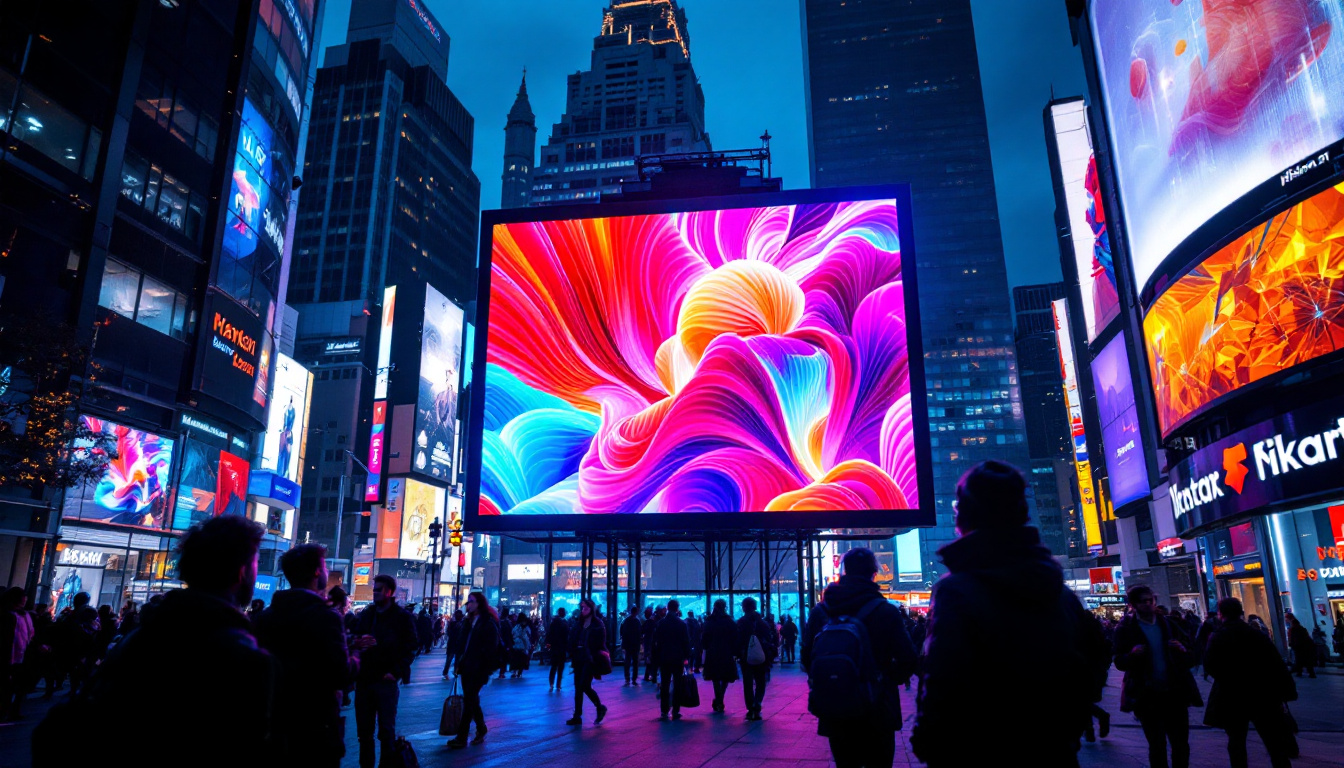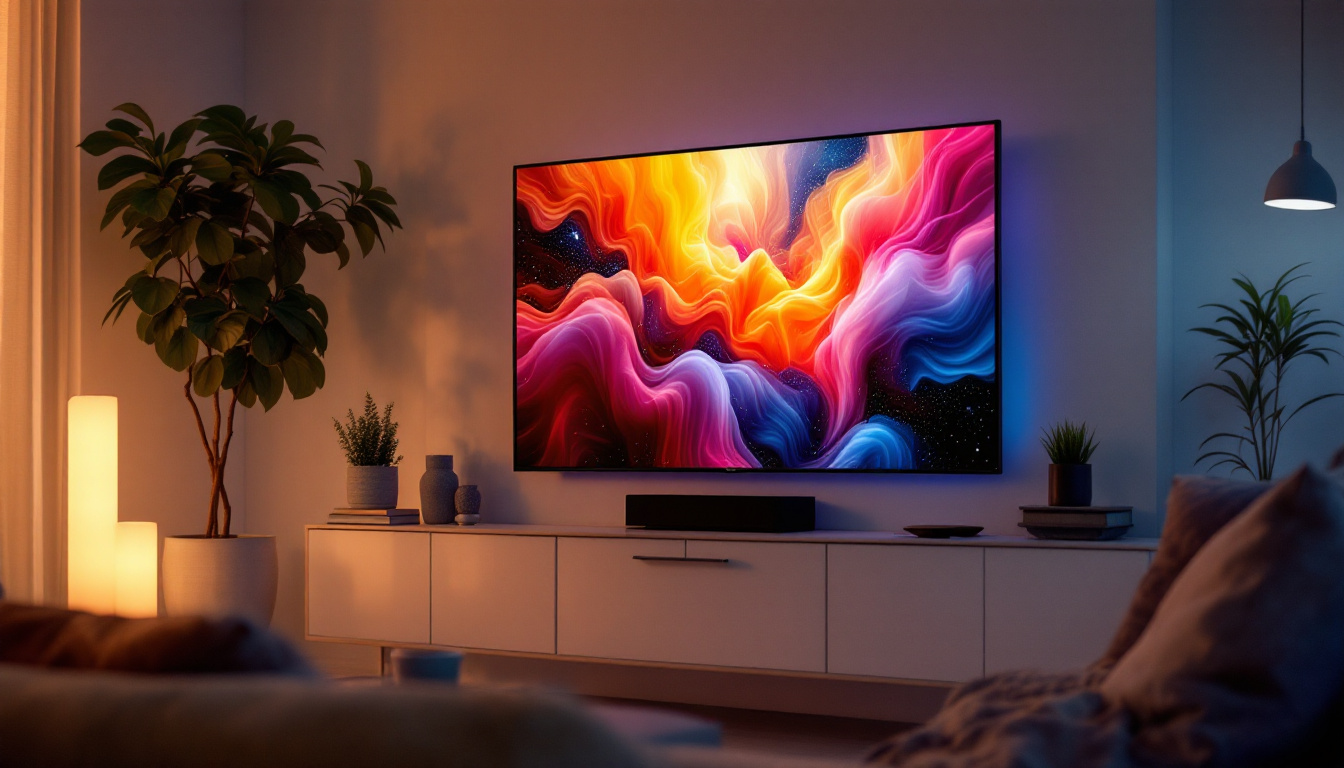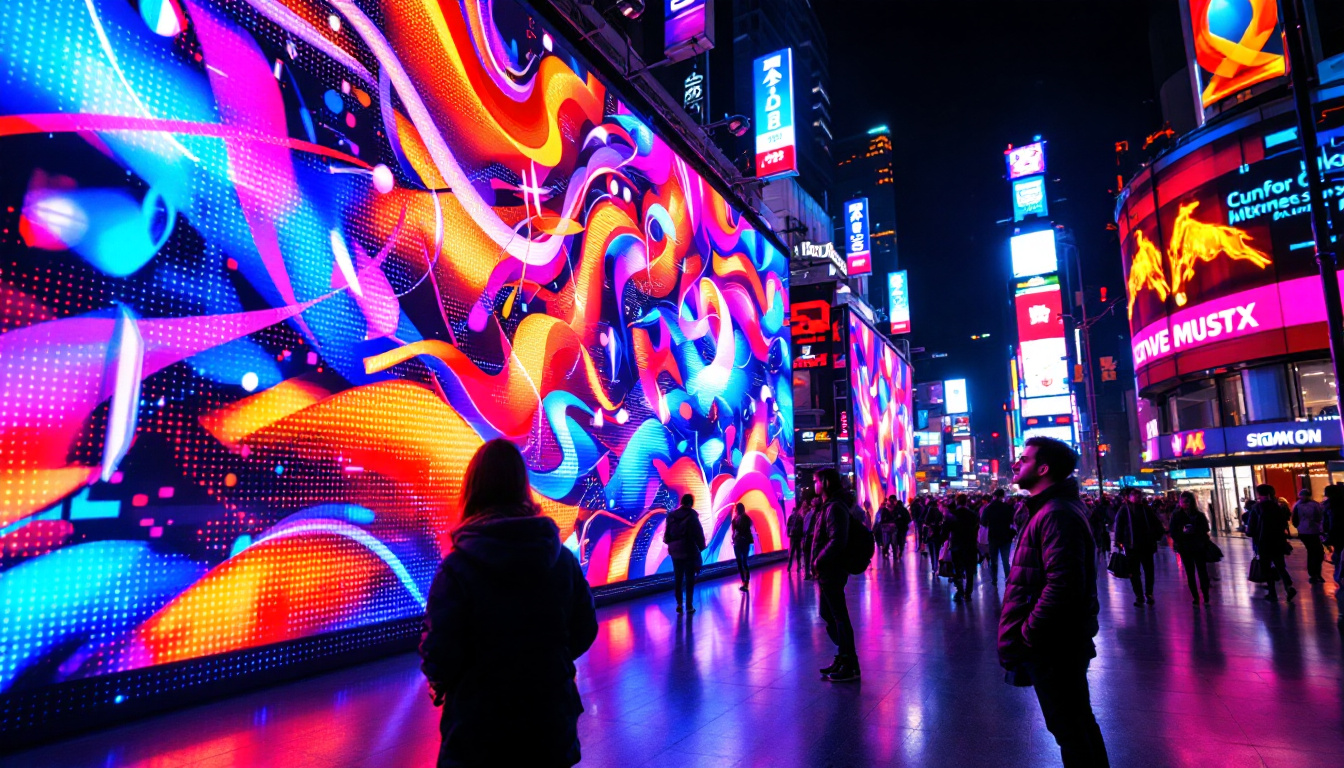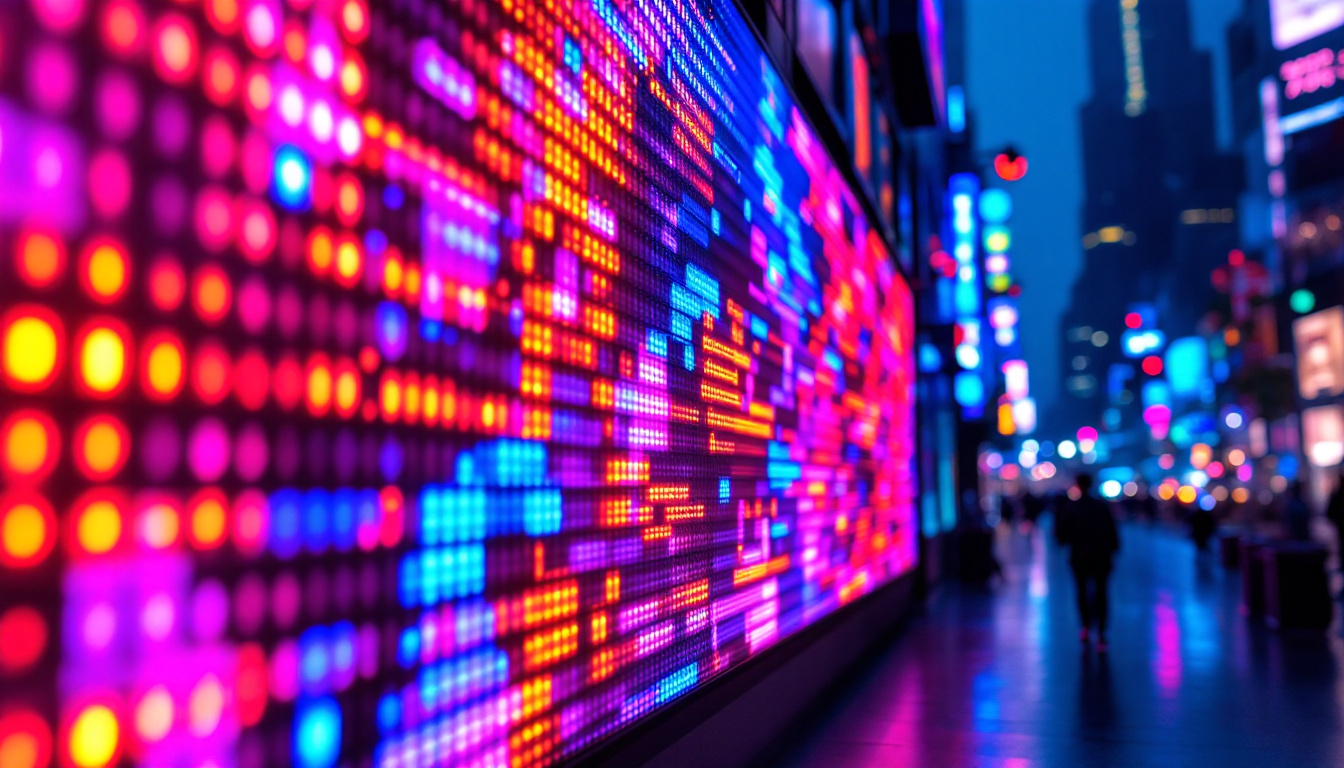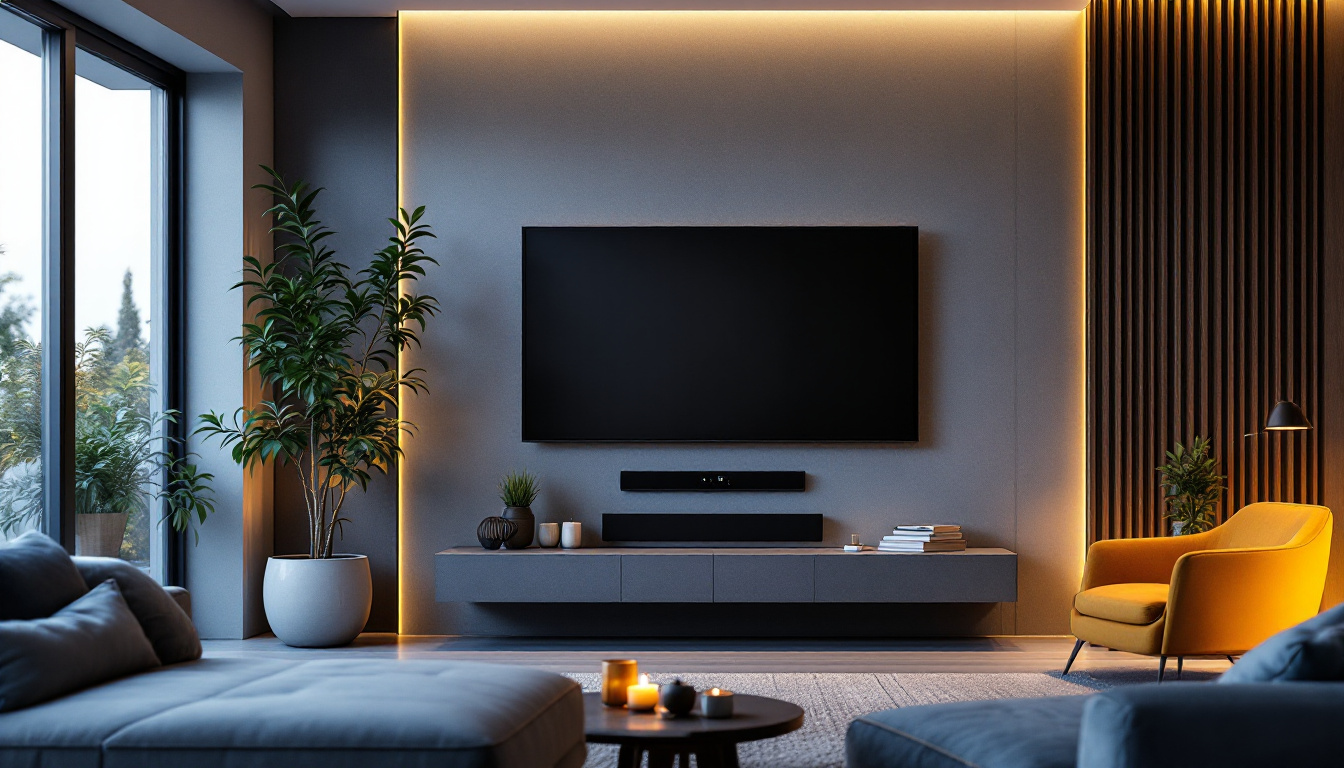In the rapidly evolving landscape of healthcare technology, LED displays have emerged as a pivotal component in enhancing communication, patient engagement, and operational efficiency. Mgs Healthcare Manufacturing stands at the forefront of this innovation, offering advanced LED display solutions tailored to meet the unique needs of healthcare facilities. This article delves into the intricacies of LED displays, their applications in healthcare, and the advantages they bring to the industry.
Understanding LED Technology
Light Emitting Diodes (LEDs) are semiconductor devices that emit light when an electric current passes through them. This technology has revolutionized various industries, including healthcare, by providing efficient, high-quality visual displays. The fundamental principles of LED technology involve the use of electroluminescence, where the movement of electrons within a semiconductor material produces light. The development of LEDs has also led to significant advancements in energy efficiency, as they consume far less power compared to traditional incandescent bulbs, making them a sustainable choice for lighting solutions.
Moreover, LEDs have a longer lifespan, often lasting tens of thousands of hours, which reduces the frequency of replacements and maintenance costs. This durability is particularly beneficial in healthcare settings where consistent and reliable lighting is crucial. As hospitals and clinics seek to create environments that are not only functional but also conducive to healing, the adoption of LED technology has become increasingly prevalent.
Types of LED Displays
LED displays come in various forms, each designed for specific applications. The most common types include:
- Direct View LED Displays: These are large-scale displays often used in outdoor settings, providing high brightness and visibility even in direct sunlight.
- LED Backlit LCD Displays: These displays use LEDs to illuminate LCD panels, offering improved color accuracy and energy efficiency.
- Organic LED (OLED) Displays: Utilizing organic compounds, OLED displays provide exceptional contrast and color depth, making them ideal for detailed medical imaging.
Each type of LED display has its advantages, making them suitable for different healthcare environments, from waiting rooms to surgical theaters. For instance, direct view LED displays can be used for large informational screens in hospital lobbies, while OLED displays are increasingly favored in diagnostic imaging due to their ability to render images with incredible clarity and precision. The versatility of these displays allows healthcare providers to tailor their visual communication strategies effectively.
How LED Displays Work
LED displays operate by controlling the brightness of individual pixels, allowing for the creation of images and text. The basic components include:
- Pixel Matrix: Composed of numerous tiny LEDs, each pixel can be turned on or off independently to create various colors and images.
- Controller: This component manages the data sent to the display, ensuring that images and text are rendered accurately.
- Power Supply: LEDs require a stable power source to function, and efficient power management is crucial for optimal performance.
Understanding these components is essential for healthcare facilities looking to implement LED technology effectively. Additionally, advancements in software have allowed for more sophisticated control systems that can adjust brightness and color temperature in real-time, catering to the specific needs of different medical procedures. For example, during surgeries, displays can be adjusted to provide optimal lighting conditions that enhance visibility without causing glare, thereby improving the overall quality of care provided to patients.
Applications of LED Displays in Healthcare
LED displays have a wide range of applications in healthcare settings, enhancing both patient experience and operational efficiency. From digital signage to diagnostic imaging, the versatility of LED technology is evident.
Patient Information Displays
One of the primary uses of LED displays in healthcare is for patient information. These displays can be found in waiting areas, hallways, and examination rooms, providing crucial information such as:
- Appointment schedules
- Health tips and announcements
- Emergency notifications
By utilizing LED displays for patient information, healthcare facilities can improve communication and reduce anxiety among patients and their families. The dynamic nature of these displays allows for real-time updates, ensuring that the information is always current. Furthermore, the use of vibrant colors and clear fonts enhances visibility, making important messages easily readable from a distance. This is particularly beneficial in busy environments where quick access to information can significantly impact patient flow and satisfaction.
Diagnostic Imaging and Monitoring
In clinical settings, LED displays play a vital role in diagnostic imaging and patient monitoring. High-resolution LED monitors are essential for displaying detailed images from X-rays, MRIs, and CT scans. The clarity and color accuracy provided by LED technology enable healthcare professionals to make informed decisions based on precise visual data.
Moreover, LED displays are increasingly used in patient monitoring systems, allowing healthcare providers to track vital signs and other critical parameters in real-time. This capability is crucial for ensuring patient safety and timely interventions. The integration of LED technology with advanced analytics can also facilitate predictive monitoring, alerting healthcare staff to potential issues before they escalate, thereby improving patient outcomes and operational efficiency.
Interactive Displays for Patient Engagement
Interactive LED displays are becoming more common in healthcare environments, offering patients and visitors an engaging way to access information. These displays can feature:
- Wayfinding tools to help navigate the facility
- health education resources
- Entertainment options for patients and families
By providing interactive content, healthcare facilities can enhance the overall patient experience, making visits more informative and less stressful. The ability to interact with the display allows patients to take charge of their healthcare journey, empowering them with knowledge about their conditions and treatment options. Additionally, these displays can be programmed to provide multilingual support, catering to diverse patient populations and ensuring that language barriers do not hinder access to vital information.
Furthermore, the integration of touch-screen technology can facilitate feedback collection from patients regarding their experiences, which can be invaluable for continuous improvement in service delivery. By fostering a more engaging environment, healthcare facilities can not only improve patient satisfaction but also encourage adherence to treatment plans, ultimately leading to better health outcomes.
The Advantages of LED Displays in Healthcare
Implementing LED displays in healthcare settings offers numerous advantages that contribute to improved patient care and operational efficiency. These benefits extend beyond aesthetics, impacting the overall functionality of healthcare facilities.
Energy Efficiency
One of the most significant advantages of LED displays is their energy efficiency. Compared to traditional display technologies, LEDs consume considerably less power, leading to reduced energy costs for healthcare facilities. This efficiency not only benefits the environment but also allows healthcare providers to allocate resources more effectively.
Enhanced Visibility and Clarity
LED displays are known for their superior brightness and contrast, making them easily visible in various lighting conditions. This feature is particularly important in healthcare settings, where clear communication is crucial. Whether displaying patient information or diagnostic images, LED technology ensures that content is legible and easy to interpret.
Longevity and Durability
LED displays have a longer lifespan compared to traditional display technologies. With proper maintenance, they can last for tens of thousands of hours, reducing the need for frequent replacements. This longevity translates to lower maintenance costs and less downtime, allowing healthcare facilities to maintain a consistent level of service.
Challenges and Considerations
While the benefits of LED displays in healthcare are substantial, there are also challenges and considerations that facilities must address when implementing this technology.
Initial Investment Costs
The initial investment for LED display technology can be significant, particularly for high-quality models. Healthcare facilities must weigh the upfront costs against the long-term savings and benefits. Careful budgeting and planning are essential to ensure that the investment aligns with the facility’s financial capabilities.
Integration with Existing Systems
Integrating LED displays with existing healthcare systems can pose challenges. Facilities must ensure compatibility with current software and hardware to maximize the effectiveness of the displays. This may require collaboration with IT departments and technology providers to create a seamless integration process.
Training and Support
To fully leverage the capabilities of LED displays, staff training is essential. Healthcare providers must understand how to operate and maintain the technology effectively. Ongoing support from manufacturers can facilitate this process, ensuring that staff are equipped with the necessary skills and knowledge.
Future Trends in LED Display Technology
The future of LED display technology in healthcare is promising, with ongoing advancements that will further enhance their applications and effectiveness. Some emerging trends include:
Smart Displays
As technology continues to evolve, smart LED displays are becoming more prevalent. These displays can connect to the internet and integrate with other smart devices, allowing for real-time data sharing and updates. This capability can enhance patient monitoring and information dissemination, making healthcare delivery more efficient.
Augmented Reality (AR) Integration
Augmented reality is making its way into healthcare, and LED displays can play a crucial role in this integration. By overlaying digital information onto the physical environment, healthcare providers can enhance training, diagnostics, and patient education. AR-capable LED displays can provide interactive experiences that improve understanding and engagement.
Increased Customization
Future LED displays are expected to offer greater customization options, allowing healthcare facilities to tailor content to specific needs. This could include personalized patient information, targeted health campaigns, and dynamic wayfinding solutions that adapt to changing environments.
Conclusion
LED displays are transforming the healthcare landscape, providing innovative solutions that enhance communication, patient engagement, and operational efficiency. Mgs Healthcare Manufacturing is at the forefront of this technological advancement, offering high-quality LED display solutions tailored to the unique needs of healthcare facilities.
As the industry continues to evolve, the integration of LED technology will play a crucial role in shaping the future of healthcare. By understanding the benefits, applications, and challenges of LED displays, healthcare providers can make informed decisions that ultimately lead to improved patient care and operational success.
Incorporating LED displays into healthcare environments is not merely a trend; it is a strategic move towards a more efficient, engaging, and patient-centered approach to healthcare delivery. As technology continues to advance, the possibilities for LED displays in healthcare are boundless, promising a brighter future for both patients and providers alike.
Discover LumenMatrix’s Advanced LED Solutions
Embrace the future of healthcare with LumenMatrix’s cutting-edge LED display modules. Our innovative solutions, from Indoor and Outdoor LED Wall Displays to specialized LED Sports and Floor Displays, are designed to elevate patient care and enhance facility operations. With LumenMatrix, experience unparalleled brand visibility and captivating visual experiences that resonate with audiences. Ready to transform your healthcare environment with superior LED technology? Check out LumenMatrix LED Display Solutions and join the visual revolution today.


